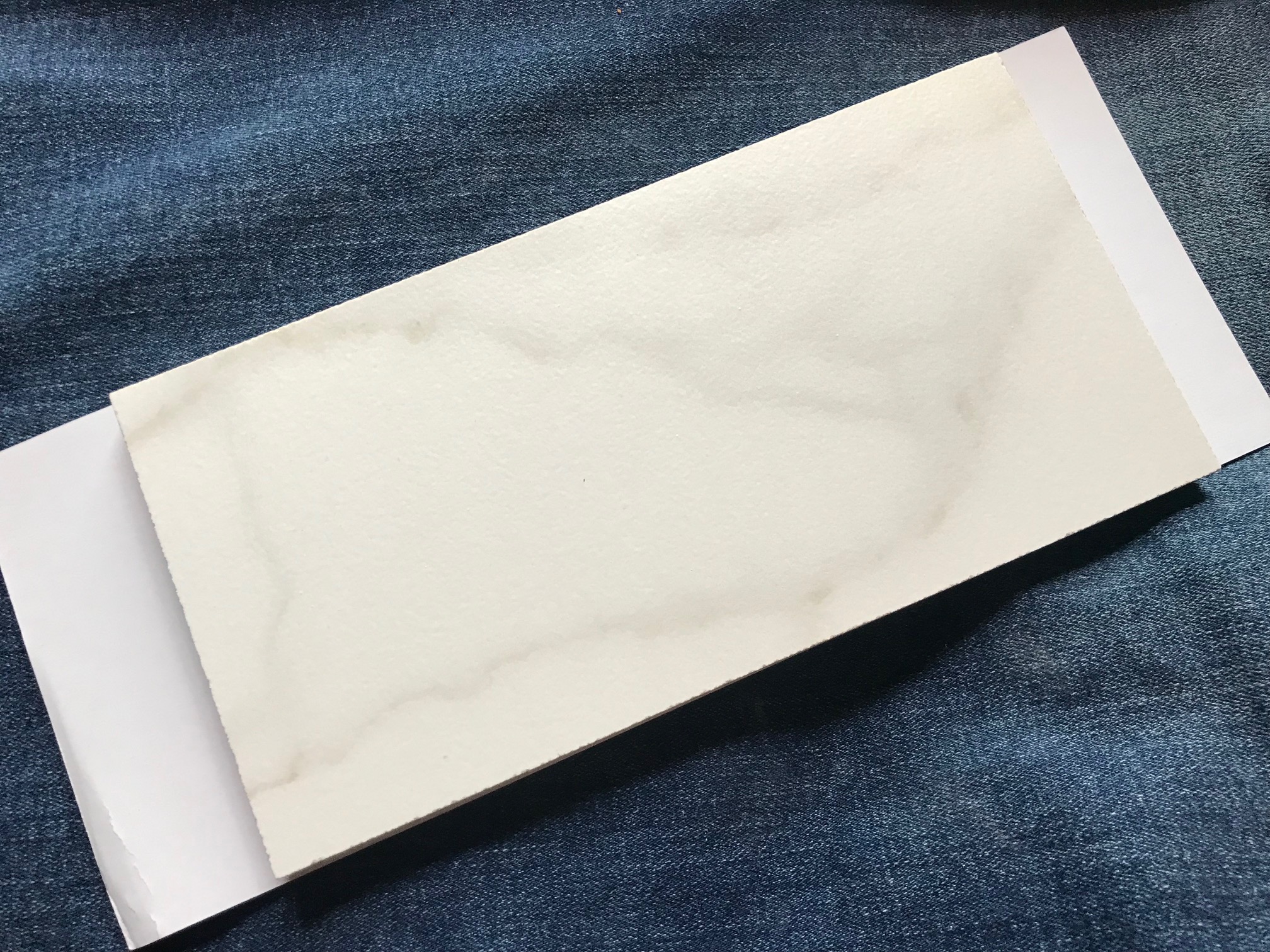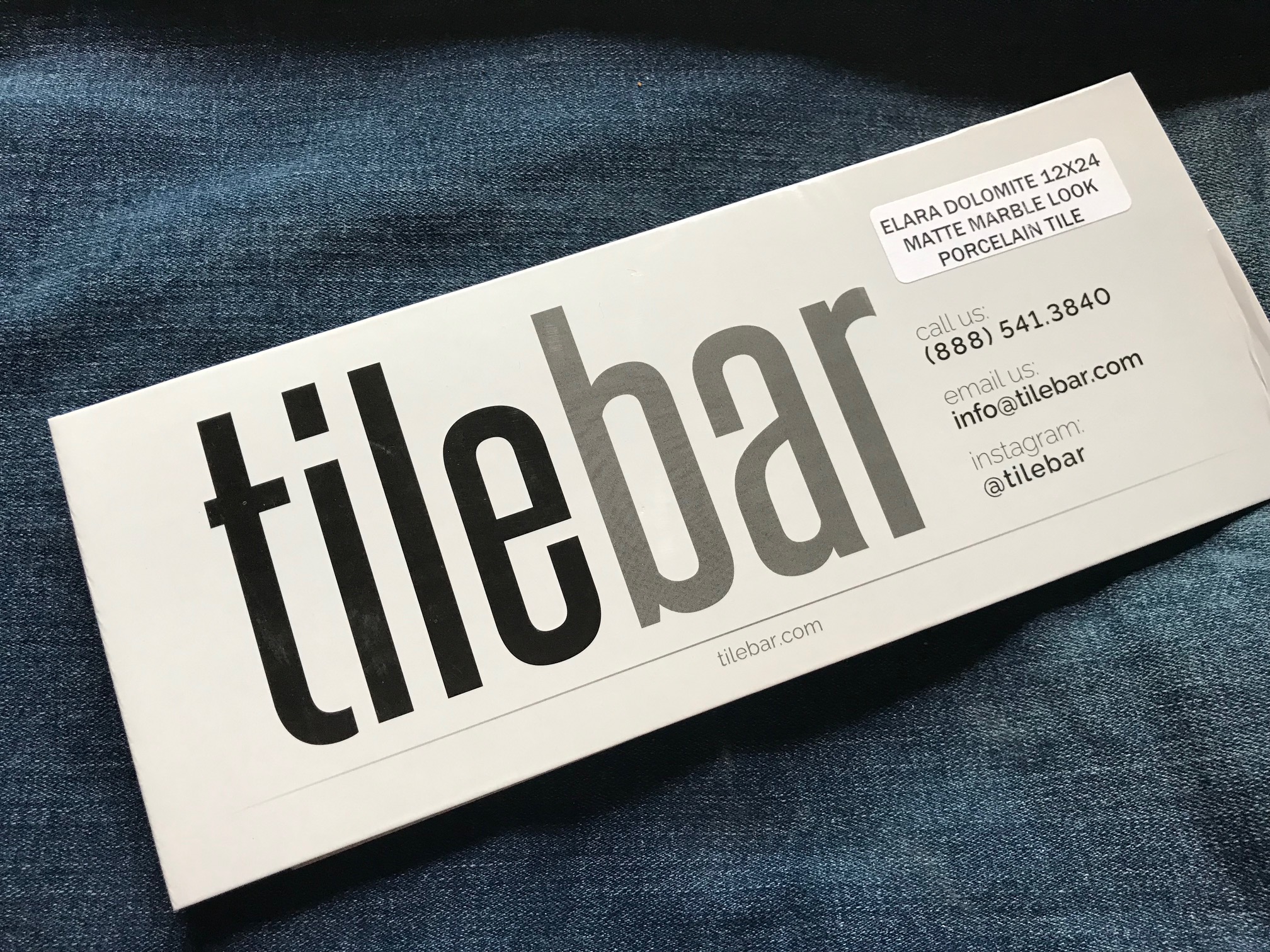Elara Dolomite Matte Marble Look Porcelain Tile from tilebar: Non-detect for Lead
When tested with an XRF instrument, the tile pictured here had the following readings (metals not listed were not detected, tests were done for a minimum of 60 seconds):
- Barium (Ba): 191 +/- 78 ppm
- Zinc (Zn): 9,576 +/- 350 ppm
- Copper (Cu): 412 +/- 67 ppm
- Iron (Fe): 1,244 +/- 219 ppm
- Vanadium (V): 170 +/- 36 ppm
- Titanium (Ti): 605 +/- 71 ppm
- Zirconium (Zr): 21,100 +/- 700 ppm
- Platinum (Pt): 245 +/- 95 ppm
Test results are only accurate and true for the exact specific tile pictured that I tested. Please realize that – with glazed ceramics especially – glazing and base ceramic formulations can change from time-to-time — which means an earlier or later version of this same tile could possible have different test results for the presence (or absence) of toxicants. That said, if the tile is generally the same (same brand, similar year of manufacture, model number & production code, same pattern – for example) it is a reasonable “educated guess” to conclude that the XRF test results for that product could likely be expected to be similar to what I have reported here.
For the ceramic tiles I have tested (and reported here in this “tilebar” series), the readings above are the glazed/decorated surface of the tile — not the back/base ceramic of the tile. [If not otherwise noted, I also tested the back side of the ceramic tile (the unglazed base ceramic) – and found Lead levels to be either “ND” (non-detect), or far below the surface level of Lead on the decorated/glazed side of the tile – an indicator that the Lead is definitely in the glaze/decorative design elements of these specific tiles.
To see more examples of tiles that I have tested, click here.
Please note that new, modern tile is currently NOT REGULATED for total Lead content (nor for other toxicants that I am aware of), and you can not make assumptions like “it’s new, so it should be Lead-free.” That said, manufacturers are getting smart – using less Lead, and making their manufacturing processes more transparent – so it is always possible to make an inquiry with the manufacturer about the presence or absence of toxicants like Lead, Mercury, Cadmium and Arsenic (depending on the manufacture or vendor, they may or may not know — but it’s worth a call).
Please note: In my experience, man-made items – industrially-formed glass and ceramic tiles – are likely to have at least some Lead. Entirely natural materials (cut stone, marble, slate), on the other hand, are unlikely to test positive for any heavy metals.
The main concern with finding toxicants in any tile is the concern for dust – created during demolition or remodeling, and breakage or damage – whether from run-of-the-mill accidents (or disasters, such as fire, fallen trees, tornadoes, earthquakes, etc.) It also raises a concern over the need to observe responsible/strict manufacturing practices to avoid potential worker exposure to toxicants during the fabrication process.
As always, thank you for reading and for sharing my posts.
Please let me know if you have any questions.
Never Miss an Important Article Again!
Join our Email List




